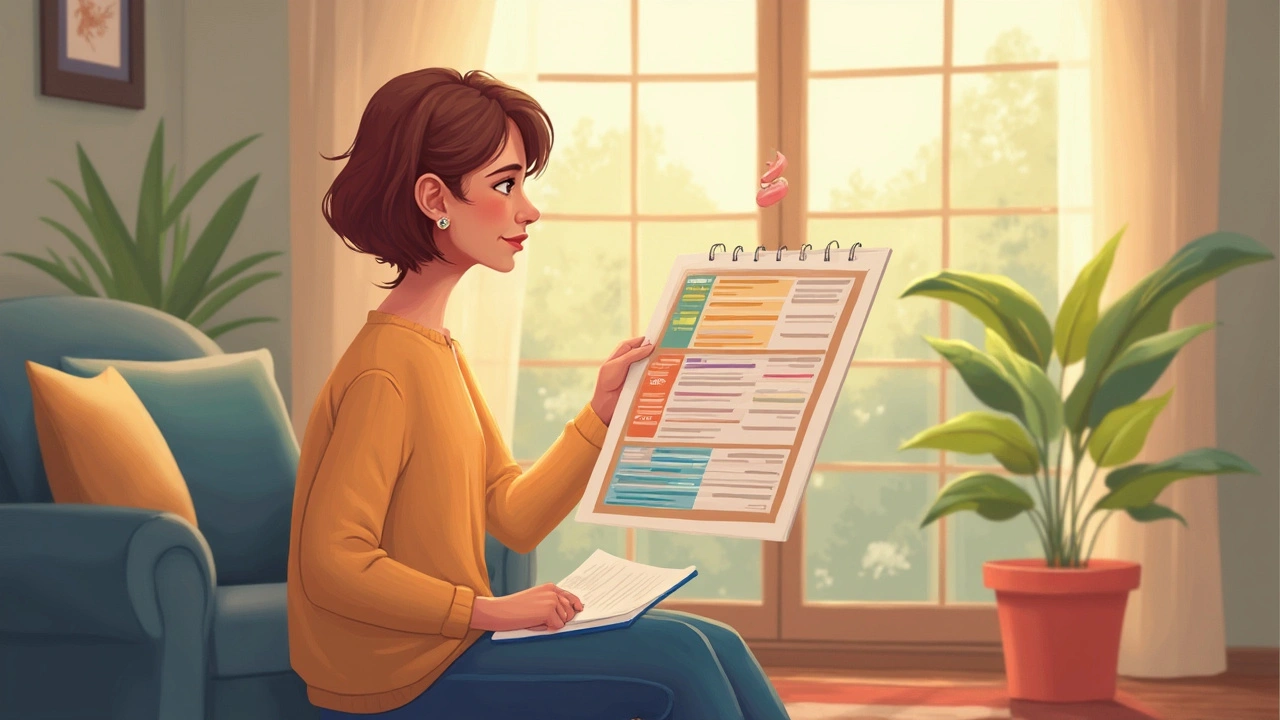If you're dealing with depression, you're not alone—and there are ways to feel better. Therapy for depression comes in many forms, but the goal is the same: to help you understand your feelings, cope with challenges, and start improving your mood. It’s not just about talking; effective therapy includes steps and techniques backed by research to help change how you think and feel.
Many people worry that therapy means spending years on a couch with a stranger, but that’s just a myth. Today’s depression therapies are practical and tailored to you. Some focus on teaching skills to manage stress, while others work on shifting negative thought patterns that keep you stuck. You can expect sessions to be part conversation, part problem-solving.
Cognitive Behavioral Therapy (CBT) is one of the most common—and for good reason. CBT helps you spot and change patterns of thinking that drag your mood down. Say you often think, "I always mess things up." CBT helps unpack that thought and replace it with something more balanced and realistic. This can make a big difference in how you feel day to day.
Another approach is interpersonal therapy (IPT), which focuses on your relationships and social support. Since depression often strains connections with friends or family, IPT helps build those links back up, so you don’t feel so isolated. Then there's behavioral activation, which encourages you to do more activities that bring you satisfaction—even when it feels tough, because action can lead to better feelings.
Choosing a therapist who fits you is key. Look for someone who listens and understands, not just someone to "fix" you. It's okay to try a few professionals before you find the right match. Also, therapy isn’t one-size-fits-all; some might combine medications with therapy for stronger results, especially if depression feels intense.
Remember, starting therapy can seem daunting, but asking for help shows strength. If you’re feeling stuck, reaching out to a healthcare provider for an evaluation is a great first step. Depression is tough, but with the right tools and support, many people get back to enjoying life again.

Exploring what to do when citalopram doesn’t seem right for you? This article breaks down ten practical alternatives, from other meds to lifestyle tweaks and therapy. Find out what sets each one apart, learn their pros and cons, and get straightforward tips to help you choose. Whether side effects, cost, or personal preference is your concern, there’s likely something here for you. Helpful comparison points included at the end to make your decision easier.
Apr 20 2025
Menu